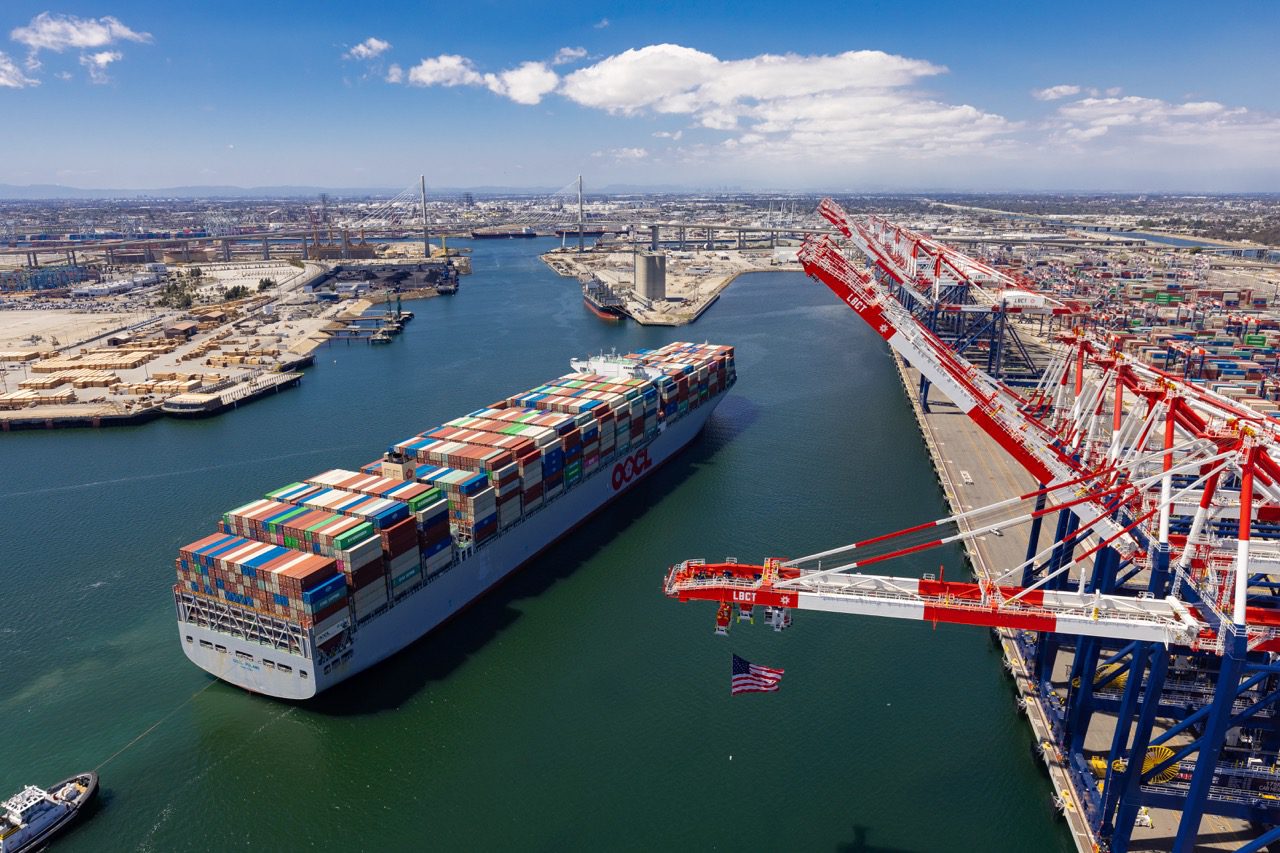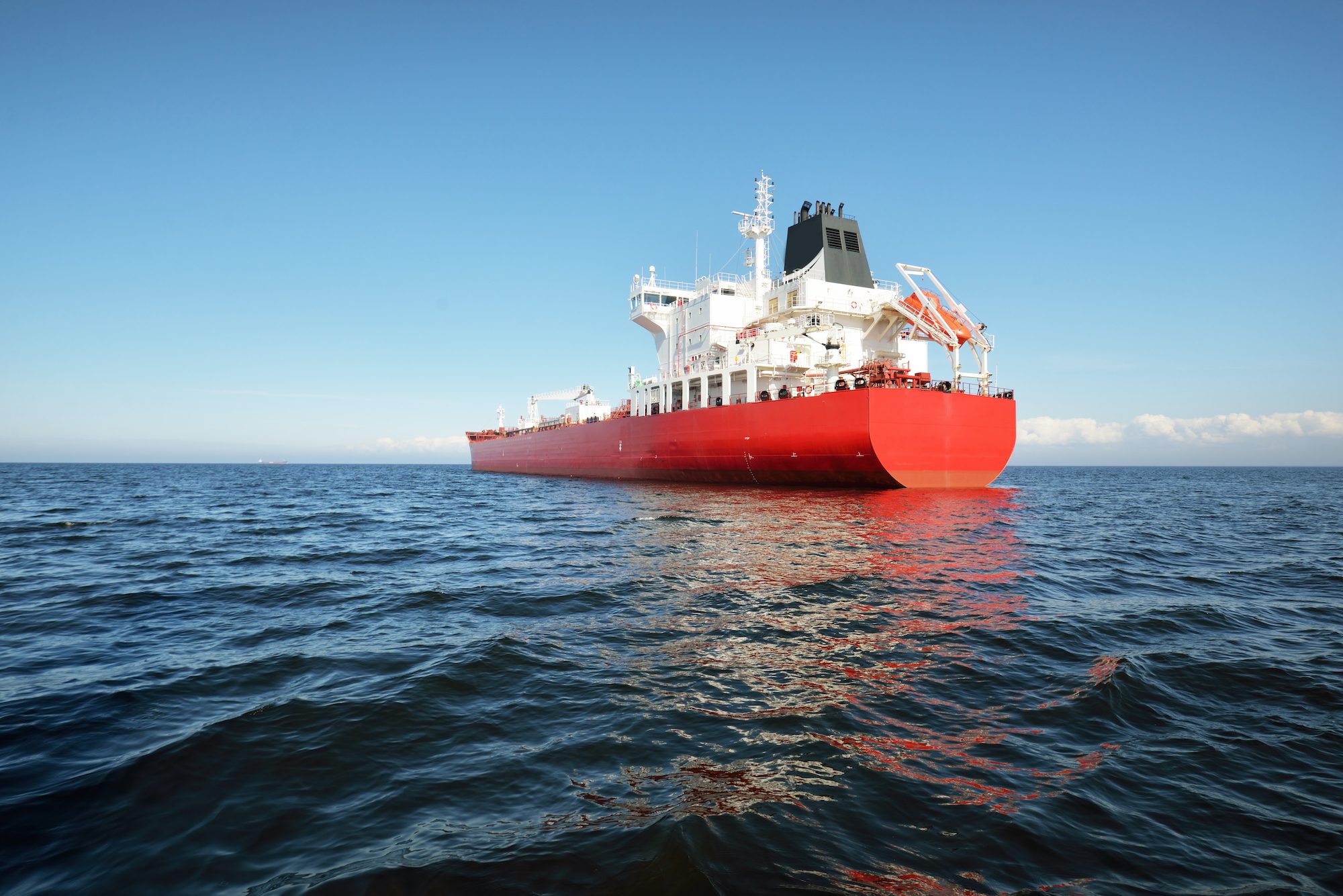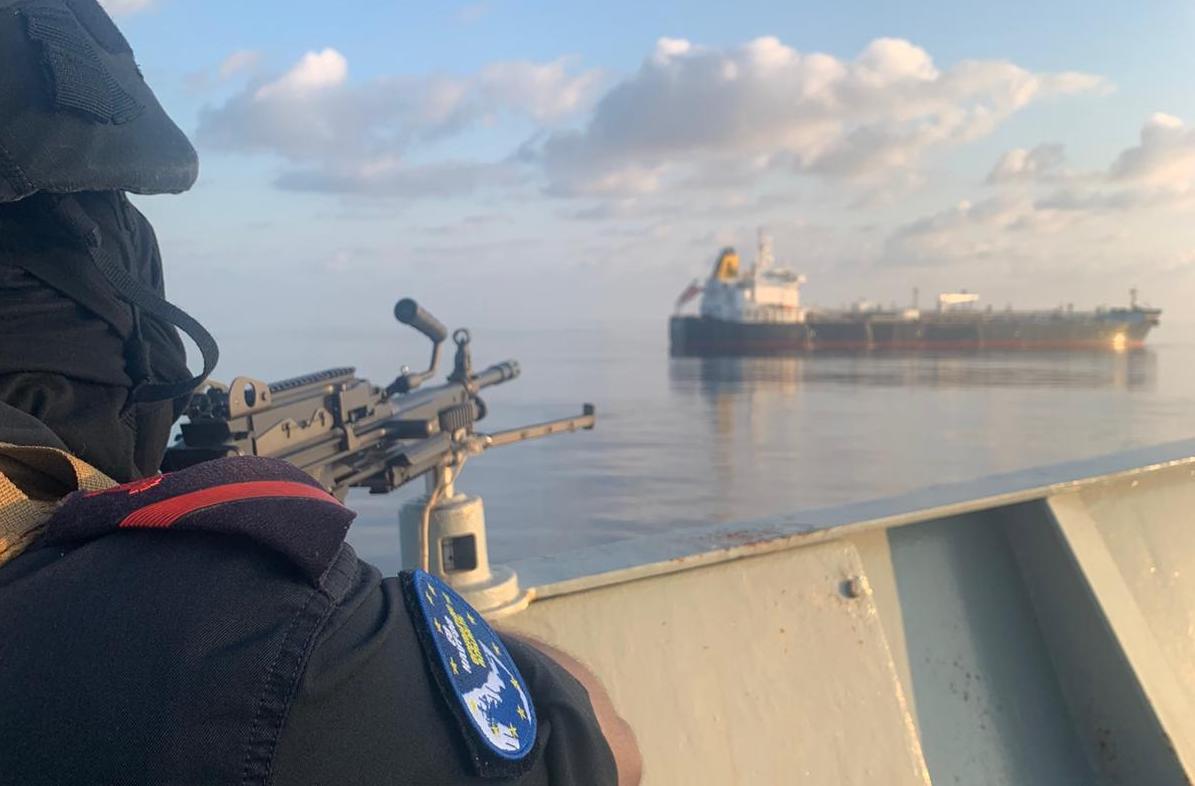 By John Kemp
By John Kemp
LONDON, March 11 (Reuters) – Oil watchers have spent much of the last two months speculating about whether overproduction and the rapid accumulation of crude oil inventories in the United States would cause storage space to run out and trigger another fall in spot prices.
Commercial crude stocks held at refineries, tank farms and in pipelines across the United States have surged by more than 63 million barrels, an average of more than 6 million barrels per week, this year and are at their highest since the 1930s, according to the U.S. Energy Information Administration (EIA).
The volume of crude in storage last week was almost 80 million barrels higher than the corresponding week in 2014, and 106 million barrels above the 10-year average. (http://link.reuters.com/qym34w)
Storage facilities in the U.S. Midwest were 69 percent full, while those on the Gulf Coast were 56 percent full, the EIA reported on March 4.
PIRA, the oil market consultancy, has estimated storage facilities across the OECD will be nearly full by the end of April.
But there are several reasons to be sceptical about whether the amount of oil in storage really threatens to reach “tank tops”.
MODEST CONTANGO
First and foremost, the structure of futures prices suggests traders see little danger of a storage crisis in the second half of the year. Prices for U.S. crude delivered in December 2015 are just $5 a barrel higher than for similar barrels delivered in June.
The premium for deferring delivery, termed “contango”, which covers the expected costs of arranging storage, finance and insurance for the oil, is just over 80 cents per month . Premiums for deferred delivery are moderately high but not at levels that would indicate an imminent storage crisis.
While premiums have risen sharply since late November, when prices between June and December 2015 were flat, they have been fairly stable since the end of January, even as stocks surged. (http://link.reuters.com/can34w)
Futures prices for international grades such as Brent also indicate no problems with storing oil in the second half. December Brent futures are valued at less than $4.50 per barrel over June delivery, a premium of 75 cents per month, which has not changed much since the end of last year.
The embedded cost of storage is not high enough to justify chartering supertankers to store crude offshore, and traders have been returning to the market tankers that they chartered earlier this year.
The amount of tanker capacity earmarked for floating storage has halved from 50 million to 25 million barrels, Reuters reported on March 9.
“If you look at the crude contango curve, it’s got to pay for the storage, and it’s got to pay for all the time, value and money to put the crude in there,” Alex Beard, the head of oil trading at Glencore, told analysts last week.
At the moment, conditions are not “attractive enough to encourage large amounts of floating storage”, Beard said.
That view has been confirmed by Norway’s Statoil. “We are typically putting volumes in the storage when there is a contango, and there is a contango in the market today,” Rune Bjoernson, Statoil’s head of marketing and trading, told Reuters on Wednesday. “It is, however, not high enough, in our mind, to put it on floating storage.”
If the threat of hitting tank tops for onshore storage were taken seriously, the embedded cost of storing oil, and the resulting contango, would be big enough to incentivise floating storage. The fact floating storage is not economic in most cases at the moment suggests most market participants are not worried.
HEALTHY DEMAND
There are other reasons to be sanguine about the storage situation and inventory levels. The stock build at Cushing and other locations across the U.S. Midwest has been faster than in the rest of the United States and around the world. But Cushing and the rest of the Midwest are not representative of the wider oil market.
Unlike tank farms at refineries, where space is reserved to give such plants operational flexibility and not generally hired out to third parties, Cushing and the Midwest contain many tank farms where space can be readily leased for tactical purposes.
Cushing is therefore the favoured destination for traders arranging short-term tactical storage and the first place where excess oil shows up, rather than the last.
Moreover, while stocks of crude have been soaring, stocks of refined and unfinished products have been behaving more normally. Like crude, stocks of refined products and unfinished oils are well above the previous 10-year range. Unlike crude, however, stocks of refined products have drawn down since the start of the year, following the normal seasonal pattern. (http://link.reuters.com/sym34w)
Healthy demand for refined products, especially in the United States, has ensured oversupply is confined to the crude market. As U.S. refineries ramp up throughput in preparation for peak demand associated with the summer driving season, crude stocks should start to rise more slowly or even fall.
Rebalancing is already under way in the oil market. On the supply side, there are some signs the surge in crude from U.S. shale plays is beginning to level out as drilling falls. Demand for gasoline is rising at the fastest rate since 2010 as cheaper prices encourage motorists to use their cars more.
Overall, it is still possible onshore inventories will hit problematic levels in the second and third quarters of the year.
Markets are not infallible. However, lacklustre demand for floating storage and the modest contango structure in futures prices imply most market participants are unconcerned for now. (Editing by Dale Hudson)
(c) 2015 Thomson Reuters, All Rights Reserved

 Join The Club
Join The Club










